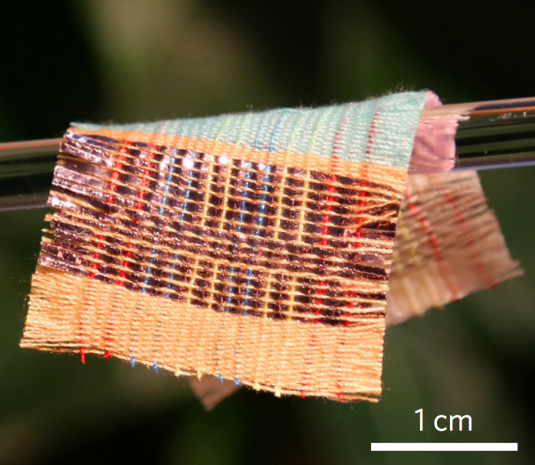
Breaking News
 FDA Chief Says No Solid Evidence Supporting Hepatitis B Vaccine At Birth
FDA Chief Says No Solid Evidence Supporting Hepatitis B Vaccine At Birth
Evergreen, Colorado: Another Killing Zone in America
 Trump Cryptically Writes "Here We Go!" In Reaction To Russia-Poland Drone Incident, Oil Sp
Trump Cryptically Writes "Here We Go!" In Reaction To Russia-Poland Drone Incident, Oil Sp
 Qatar Says It Reserves Right To Retaliate Against 'Barbaric' Netanyahu
Qatar Says It Reserves Right To Retaliate Against 'Barbaric' Netanyahu
Top Tech News
 Methylene chloride (CH2Cl?) and acetone (C?H?O) create a powerful paint remover...
Methylene chloride (CH2Cl?) and acetone (C?H?O) create a powerful paint remover...
 Engineer Builds His Own X-Ray After Hospital Charges Him $69K
Engineer Builds His Own X-Ray After Hospital Charges Him $69K
 Researchers create 2D nanomaterials with up to nine metals for extreme conditions
Researchers create 2D nanomaterials with up to nine metals for extreme conditions
 The Evolution of Electric Motors: From Bulky to Lightweight, Efficient Powerhouses
The Evolution of Electric Motors: From Bulky to Lightweight, Efficient Powerhouses
 3D-Printing 'Glue Gun' Can Repair Bone Fractures During Surgery Filling-in the Gaps Around..
3D-Printing 'Glue Gun' Can Repair Bone Fractures During Surgery Filling-in the Gaps Around..
 Kevlar-like EV battery material dissolves after use to recycle itself
Kevlar-like EV battery material dissolves after use to recycle itself
 Laser connects plane and satellite in breakthrough air-to-space link
Laser connects plane and satellite in breakthrough air-to-space link
 Lucid Motors' World-Leading Electric Powertrain Breakdown with Emad Dlala and Eric Bach
Lucid Motors' World-Leading Electric Powertrain Breakdown with Emad Dlala and Eric Bach
 Murder, UFOs & Antigravity Tech -- What's Really Happening at Huntsville, Alabama's Space Po
Murder, UFOs & Antigravity Tech -- What's Really Happening at Huntsville, Alabama's Space Po
This Incredible Fabric Generates Electricity From Sunlight And Movement

Every day, unique and eco-friendly innovations are unveiled. However, a textile designed by engineers with the Georgia Institute of Technology, Chongqing University, and the Chinese Academy of Sciences is likely one you missed hearing about. The fabric is newsworthy because it is capable of producing electricity from sunlight and fiction – including the wind. It could be a total game-changer, yet no one has really heard about it.
According to MotherBoard, the material is both breathable and robust and allows for enough motion to make it a good candidate for wearable electronics. In fact, an image below demonstrates a few of its uses, including powering wearable electronics and directly charging a cellphone.

Credit: Wang et al
The textile consists of solid photovoltaic elements woven together with copper electrodes. The material acts as triboelectric nanogenerator, meaning it is capable of converting certain frictional forces into electric charge, "a la static electricity."
Zhong Lin Wang from Georgia Tech explains:
"Here, we present a foldable and sustainable power source by fabricating an all-solid hybrid power textile with economically viable materials and scalable fabrication technologies. Based on lightweight and low-cost polymer fibres, the reported hybrid power textile introduces a new module fabrication strategy by weaving it in a staggered way on an industrial weaving machine via a shuttle-flying process."

 Tiny briefcase engine boosts EV range beyond battery power
Tiny briefcase engine boosts EV range beyond battery power 

